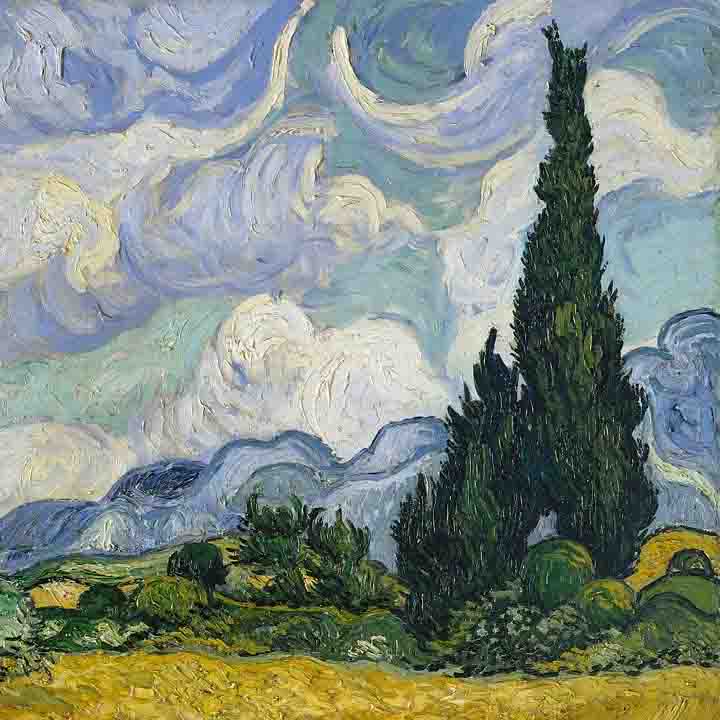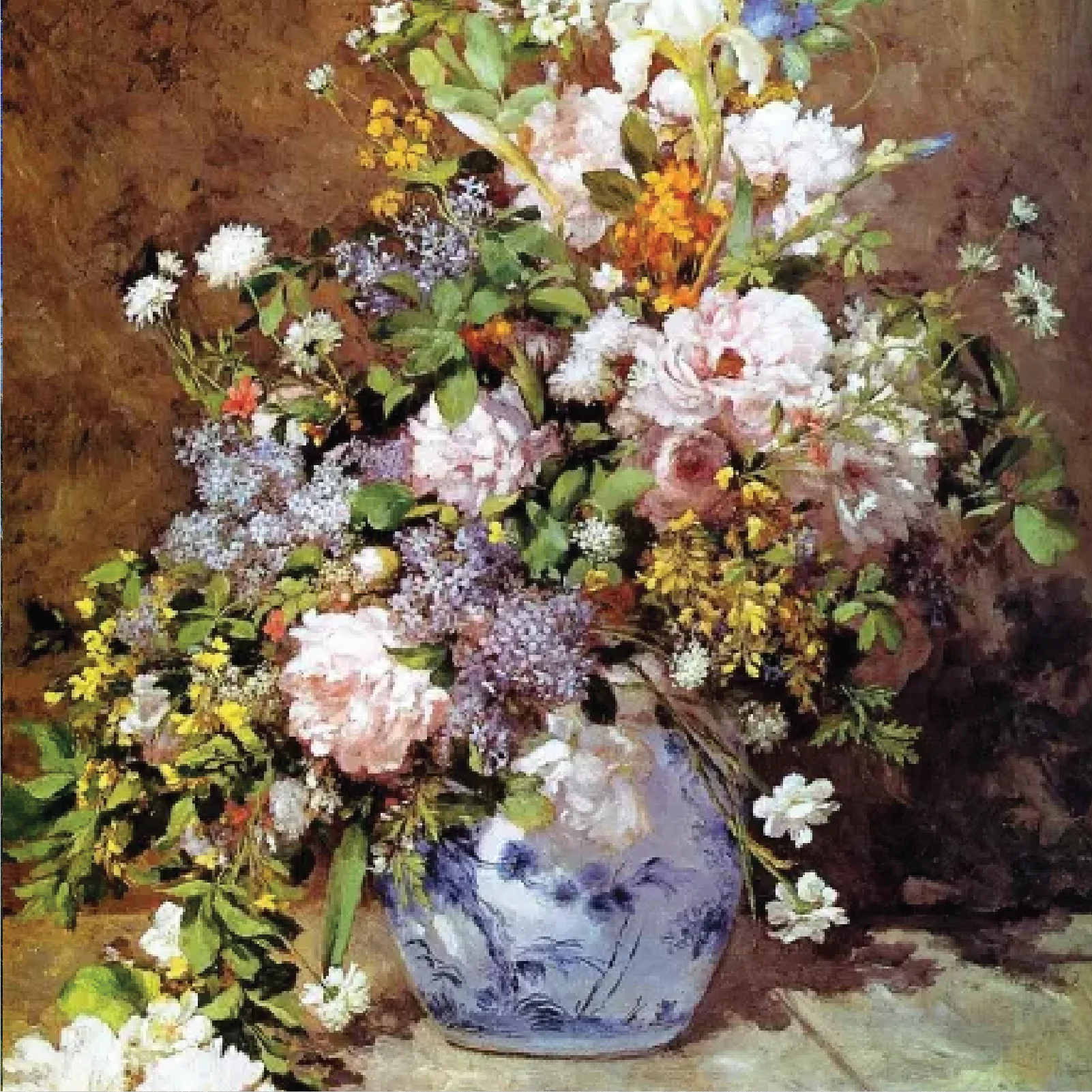Oil artworks are lovely and precious portions of art that deserve the proper care. Save them incorrectly. Save them incorrectly, and your oil paintings can take considerable damage over time.
They can suffer damage and lose allure and cost. If you're an artist or a collector, you must know how to save oil art. It's important to keep them looking great for years.
Let’s explore the best ways to store your oil paintings. Let’s explore the best ways to store your oil paintings, whether on a rack or a museum-quality easel. They will stay in perfect condition.
We hold essential data to protect your art effectively. We hold essential data to protect your art effectively, linking the best practices used in museums.
Importance of Proper Storage for Oil Paintings
To protect your oil paintings, you need to properly store them in secure places. Oil paintings can suffer from dust, dirt, and adjustments in temperature and humidity.
Oil paintings can take damage from dust, dirt, and fluctuations in temperature and humidity. If not stored correctly, they can crack, fade, or even get moldy.
Imagine having a stunning painting that is ruined because it was stored in a damp basement or a warm attic. To avoid this, storing your paintings within the proper surroundings is vital.
To avoid this, storing your oil paintings within the proper surroundings, perhaps in a museum setting, is vital. By doing so, you may see their beauty for many years. You may even pass them down to future generations.
Let's test a few key reasons why proper storage is so important:
-
Oil artwork needs to be saved in an area in which the temperature and humidity are stable. Too much moisture can swell and crack the paint. Extreme temperatures can make the canvas brittle. Dust and dirt can harm your painting's surface. They make it look stupid and dirty. Proper storage makes your artwork easy and colorful.
-
Storing artwork in a safe place reduces the danger of it getting bumped, scratched, or torn.
-
Well-preserved artwork maintains its fee through the years by using protective varnish. Well-preserved artwork maintains its fee through the years by using protective varnish, proper storage racks, and plastic coverings. This is critical if you plan to sell or pass them down as heirlooms.
Storing Oil Paintings in a Climate-Controlled Environment
Keeping your oil artwork in weather-controlled surroundings is very essential. Consider the studio location carefully to ensure it remains climate-stable. This way, ensuring the temperature and humidity degrees are simply right.
Oil paintings are sensitive to weather changes, so consider using varnish for additional protection. A stable environment helps them stay in excellent condition.
-
Temperature:
The ideal temperature for storing oil artwork is about 70 °F (21 °C). The paint can crack or peel if it gets too hot or too bloodless.
-
Humidity:
Oil artwork requires a humidity level of approximately fifty percent. If it is too humid, the paint can swell and become moldy. If it's too dry, the paint can become brittle and crack.
-
Use a Dehumidifier or Humidifier:
These devices assist in preserving the humidity degree just properly. A dehumidifier removes extra moisture from the air. A humidifier adds moisture if the air is too dry.
-
Air Conditioning and Heating:
Use air condition to keep the temperature constant in the summer. Use heating in the winter. Avoid putting artwork close to vents or radiators, where temperatures can differ.
-
Monitor the Environment:
Ensure that the studio location is suitable for art preservation. Monitor the Environment: Ensure that the studio location is suitable for art preservation, perhaps like a museum would do.
A thermometer and hygrometer are used to test temperature and humidity ranges frequently. In this manner, you may make modifications if needed.
Packing Materials for Transporting Oil Paintings
Moving your oil paintings requires the right packing materials. They are very important. This helps protect the artwork from damage during transportation. Here’s a simple guide to the best materials and how to use them.
-
Bubble Wrap
Bubble wrap is great for protecting the surface of your painting. Wrap your painting in bubble wrap with the bubbles facing out. This provides a cushion and keeps the painting safe from scratches, especially if placed along the edge.
-
Acid-Free Paper
Cover the painting with acid-free paper before wrapping it in bubble wrap. This prevents any chemical reactions that might harm the paint over time.
-
Sturdy Boxes
Find a box that is slightly larger than your painting, ensuring it has a thick edge for extra protection. It should be sturdy enough to withstand bumps during transport. It should be sturdy enough to withstand bumps during transport, ideally secured with plastic wrap. Fill the extra space with packing peanuts or crumpled paper. This will prevent the painting from shifting.
-
Corner Protectors
Use cardboard corner protectors to shield the corners of your painting. This adds an extra layer of protection against accidental bumps. This adds an extra layer of protection against accidental bumps, especially when using plastic covers.
-
Packing Tape
Secure all your packing materials with strong packing tape. Make sure everything is tightly sealed to prevent movement.
-
Labeling
Clearly label the box with "Fragile" and "Handle with Care" stickers. This alerts anyone handling the box to be extra careful, especially around the edges.
Tips for Long-term Preservation
Taking care of your oil paintings for the long time is crucial to hold them searching stunning. Here are a few easy tips that will help you preserve your art work for many years.
-
Dust your artwork often with a gentle, dry material. This keeps the floor easy and free of dust. Be gentle to avoid scratching the paint.
-
Sunlight can fade the colors of your painting through the years. Keep your artwork out of direct daylight to maintain its vibrant coloring.
-
Store your artwork in an area with stable temperature and humidity. This prevents harm from moisture and severe temperatures.
-
To guard your painting, use an awesome-satisfactory body. Frames assist in preserving the canvas stretched and save you physical damage.
-
Always manage your paintings with smooth palms or wear gloves. This avoids shifting oils or dirt out of your palms to the artwork.
-
Check your artwork regularly for any signs of harm, like cracks or mildew. Early detection helps you cope with troubles before they become critical.
-
Keep a record of your paintings, including pictures and important details. Adding comments on the condition and any applied varnish can be beneficial. This allows in case of theft or loss and is useful for insurance purposes by including comments on the value and condition.
-
When storing artwork, use protective covers to keep dust and dirt away. Covers can also prevent unintentional scratches.
Conclusion
Properly storing your oil paintings keeps them beautiful and valuable. Properly storing your oil paintings, perhaps on a museum-quality rack, keeps them beautiful and valuable.
They will stay that way for years to come. They will stay that way for years to come, whether displayed on an easel or stored within a rack. Use the techniques we discussed above. They will protect your artwork from damage. You will then enjoy its vibrant beauty for generations.
If you love oil painting reproductions, check out Art & See. They offer the best quality oil reproduction paintings at reasonable prices, and their studio location is ideal for maintaining the integrity of the artwork. Their collection is perfect for art lovers.
FAQs
1. How often should I clean my oil paintings?
To keep your oil paintings clean and free of dust, it's best to dust them with a soft, dry cloth every few months.
2. Can I store my oil paintings in the attic or basement?
It's not recommended to store oil paintings in attics or basements. These areas can have unstable temperatures and humidity, which can damage the artwork.
3. What should I do if I notice mold on my painting?
If you see mold on your painting, consult a professional art restorer immediately to avoid further damage.
4. How do I find the right frame for my painting?
Choose a high-quality frame that fits the size and style of your painting. It's also important to ensure the frame provides good support and protection for the canvas, potentially using wood for added durability. It's also important to ensure the frame provides good support and protection for the canvas, potentially using wood for added durability, and to store the frame flat.
5. Can I hang my oil painting in the bathroom?
Hanging oil paintings in the bathroom is not advisable due to high humidity levels, which can cause the paint to swell and crack over time.





























